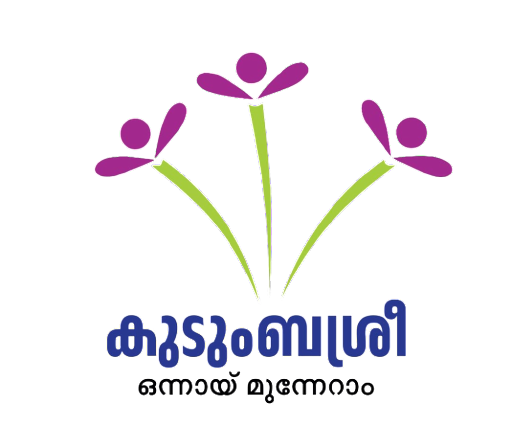CHERTHALA MUNICIPALITY
1
35
407
5082
332
4
Social and Cultural History
There is a number of conclusions about Cherthala's dedication. There are objective evidence for centuries ago that this was part of the sea. The name Cherthala is believed to have been derived from the lake and the land that was given to the land. The soil of the region is still fossil fossils of fishermen and debris of debris is still common. Cherthala was the headquarters of the Karappuram, which was largely forested between the northernmost of Travancore and the Vembanad Lake, which was largely ignorant of the old city of Cochin. The inhabitants of the region are as old as centuries old and can be understood by the landscape and deployment of agricultural land. However, there is a record of history dating back to the 9th century. Cherthala is a commercial area with many countries since the ancient times. Arthungal Mosque is one of the main religious pilgrim centers in Kerala and is located in the southern part of the town. The church was established in 1581 by Portuguese missionaries. But before that, there are sufficient evidence for the existence of Christ's followers. In Saint Lucia's time (in about 52 CE), it is believed that Christianity spread here. The Ayyappa devotees returning from the Sabarimala pilgrimage went to the Arthunkal Mosque and only after the voyage. Arutul area was owned by Puliyankottu Kurup. It is said that Kurup, who had been fighting with the Portuguese, was attacked by the neighboring Ariyaparambu Menon and Thayyil Panicker, who had attacked the Portuguese and failed to hold their cannon. In 1860, Andrews Perera's son, St. George's Church, established another church, and later became a new parish. The Ardhude Temple, another important shrine, is believed to have been founded by the Gurudas in the 10th century. The remnant of the Hindu religion Gurumatham, which is dull and unseen, can only be confined to some cotton barriers in Cherthala. Though the history of Islam or its history is not clear, the old people are the migrants who migrated from the nearby port of Ottamassery. There was a long feudal practice here, from the inception of the modern-day gained life to the beginning of the modern era. Land ownership and social status existed in the order of small and large janmis, the tenants and tenants, and their subordinates under their owners. In the early decades of the twentieth century, the eminent Sree Narayana Guru had gleaned in the village of Gurudevan. He has led many social groups in this area and has repeatedly visited social reforms. Vegetable farming in this area is very famous. The place where the cottage was in the palace and the vegetables, including the eggplant, was well known for its royal palace. The main industry is the production and marketing of coir products. Thousands of workers work in this sector. Other industries of Cherthala are moldy and wood trade. With the emergence of coir factories, the formation of the organized workers' movement is here. Many people from this region have participated in the legendary Punnapra Vayalar movement. Cherthala - Arthunkal road is one of the oldest roads in the region. It was built by the devotee of Moris Whats. The NH-47 and Coastal Railways are the main mode of transport through which these trains pass. Cherthala Municipal Library, Cherthala is home to several libraries like Velorevattam Bhavana and many more. The first school was founded in 1864 by Muttom Holly Family High School, which was set up as the High School Family School in the year 1864. The first high school was founded by Boys High School, founded by Maharaja Sree Moolam Thirunal in 1897.
45,102
















